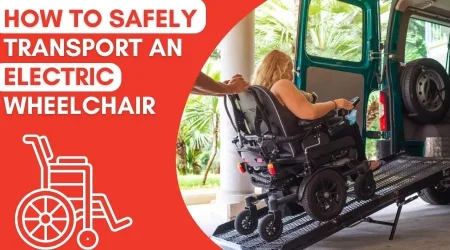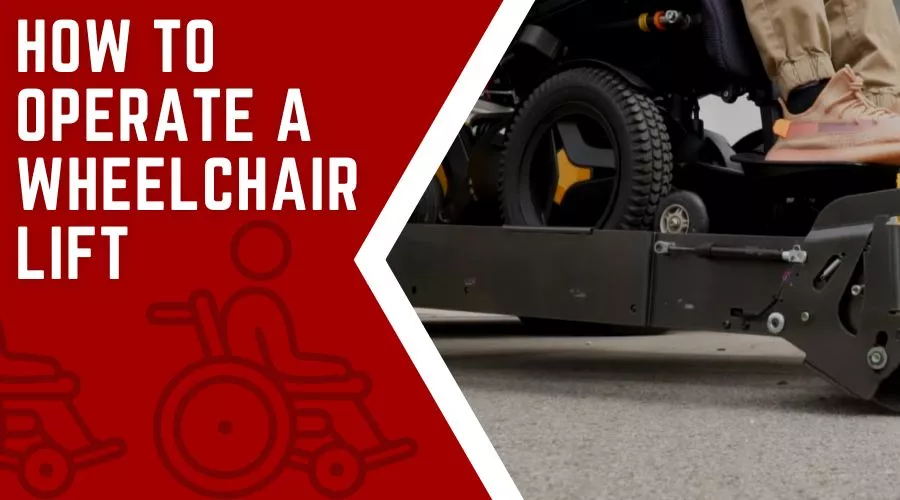
Wheelchair lifts are a convenient and safe way to transport people with disabilities from one level to another.
They provide safe, secure, and easy access to places like a home, office, or public transportation.
They are also perfect for wheelchair users who must move from one level to another due to mobility issues.
If you are looking for an easy, efficient, and safe way to transport wheelchair users, then a wheelchair lift is the perfect solution.
I’ll provide you with the necessary information on how to operate a wheelchair lift safely and efficiently.
Be sure the inner barrier rests solidly on the vehicle floor. And check to be sure the outer barrier is fully raised and locked also be sure that your passengers
What is a Wheelchair Lift?
A wheelchair lift is a device that is used to lift or transport a person in a wheelchair from one level to another.
It is typically composed of an electric or hydraulic system, which is used to move the lift platform up and down.
The platform can be either manual or motorized, depending on the needs of the wheelchair user.
Generally, wheelchair lifts are used to provide access for wheelchair users to facilities such as homes, businesses, and public transport.
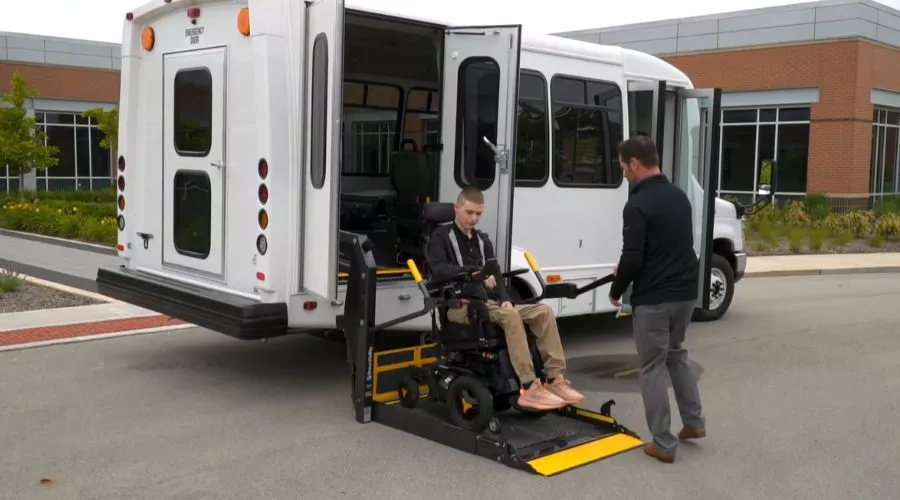
There are several types of wheelchair lifts available in the market, including vertical platform lifts, inclined platform lifts, and portable platform lifts.
Each type of wheelchair lift has its own set of features and benefits, so it is important to consider your needs before selecting the right type.
Types of Wheelchair Lifts
There are several types of wheelchair lifts available in the market, each with its own features and benefits.
The most commonly used types include vertical platform lifts, inclined platform lifts, and portable platform lifts.
Vertical Platform Lifts
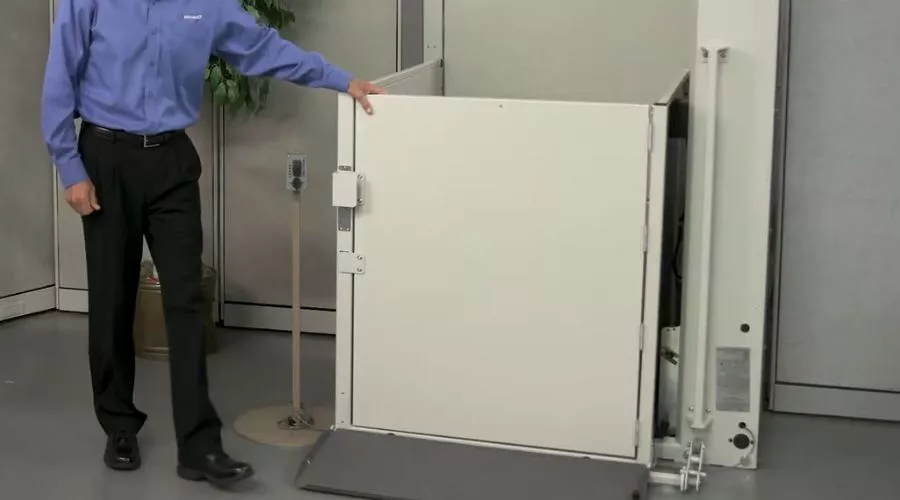
Vertical platform lifts are the most common type of wheelchair lift. They are designed to provide easy access to multi-level facilities such as homes, businesses, and public transportation.
They are typically installed in an open area, such as a porch or garage, and can be operated either manually or with remote control. Vertical platform lifts are also known as porch lifts or porch elevators.
Inclined Platform Lifts
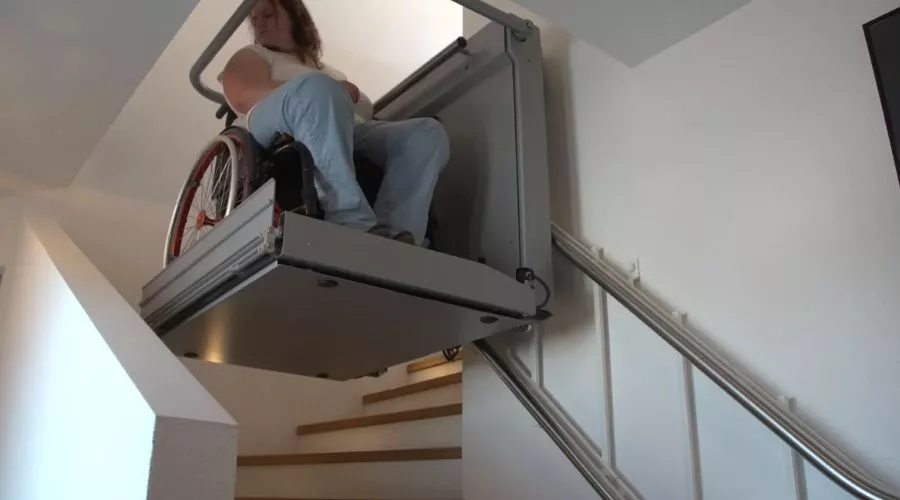
Inclined platform lifts are designed to provide access to staircases and other multi-level facilities.
They are typically mounted on a series of tracks and can be operated either manually or with remote control. Inclined platform lifts are also known as stair lifts or stair elevators.
Portable Platform Lifts
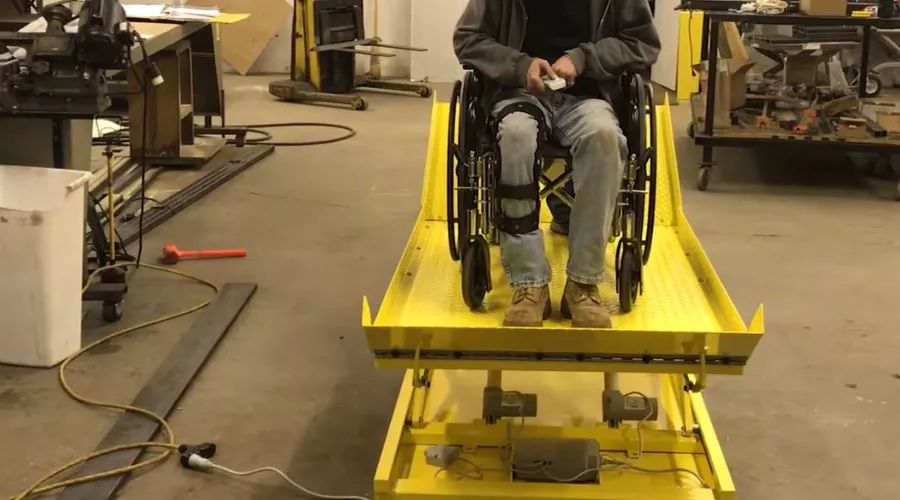
Portable platform lifts are designed to be moved from one location to another.
They are typically used for short-term wheelchair access, such as when attending events or visiting a friend’s house.
Portable platform lifts are also known as portable elevators or portable stair lifts.
Preparing to Operate a Wheelchair Lift
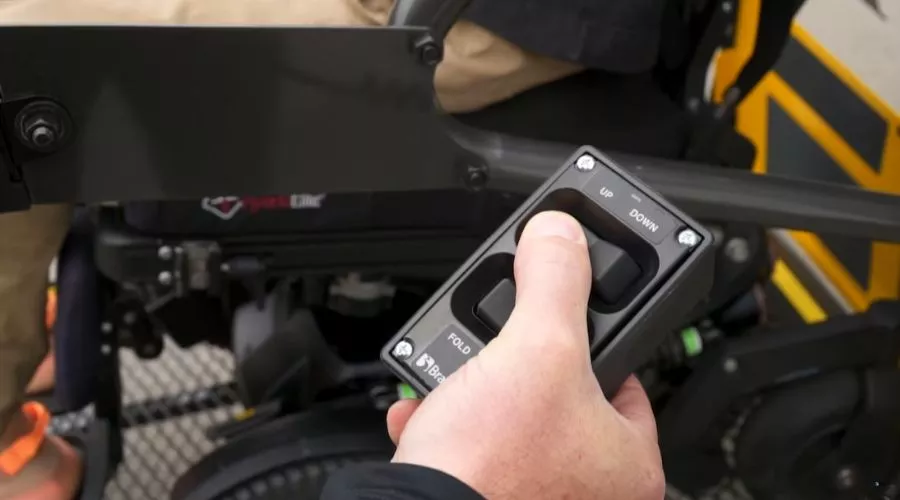
Before operating a wheelchair lift, it is important to ensure that the lift is properly installed, maintained, and inspected.
Additionally, it is important to ensure that the wheelchair user is properly trained on the use of the lift and that all safety protocols are followed.
To ensure the safety of the wheelchair user, the wheelchair lift should be inspected and maintained on a regular basis.
This includes checking the operation of the lift, ensuring that all parts are in working condition, and ensuring that the lift is properly secured to the ground.
It is important to check the operation of the lift controls and make sure that all safety devices are working properly.
It is also important to make sure that the wheelchair user is properly trained on the use of the lift.
This includes providing instructions on how to secure the wheelchair to the lift, how to operate the lift controls, and how to exit the lift safely.
Additionally, it is important to ensure that the wheelchair user is aware of any safety protocols that must be followed when using the lift.
How To Operate A Wheelchair Lift – Stepwise
The following are the steps to operating a wheelchair lift safely and efficiently.
Best Practices for Operating a Wheelchair Lift
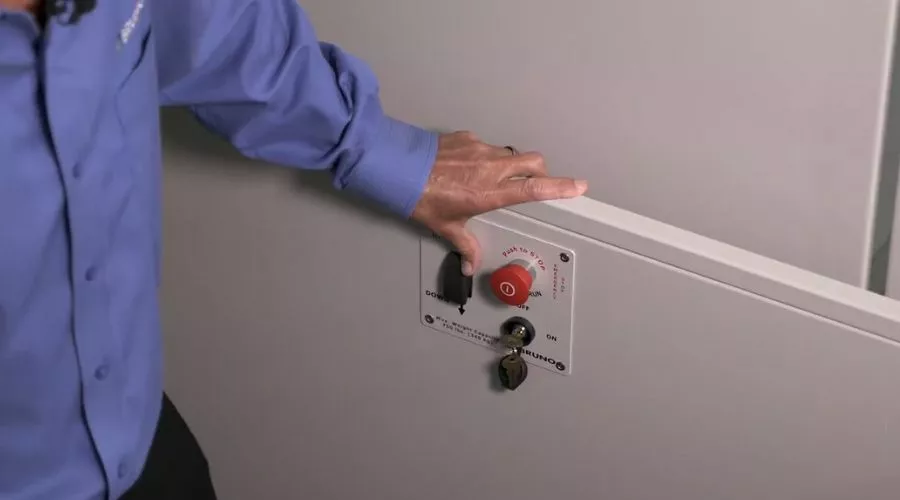
In order to ensure the safety of the wheelchair user, it is important to follow certain best practices when operating a wheelchair lift.
The following are some of the best practices to follow when operating a wheelchair lift safely and efficiently.
Wheelchair Lift Regulations and Requirements
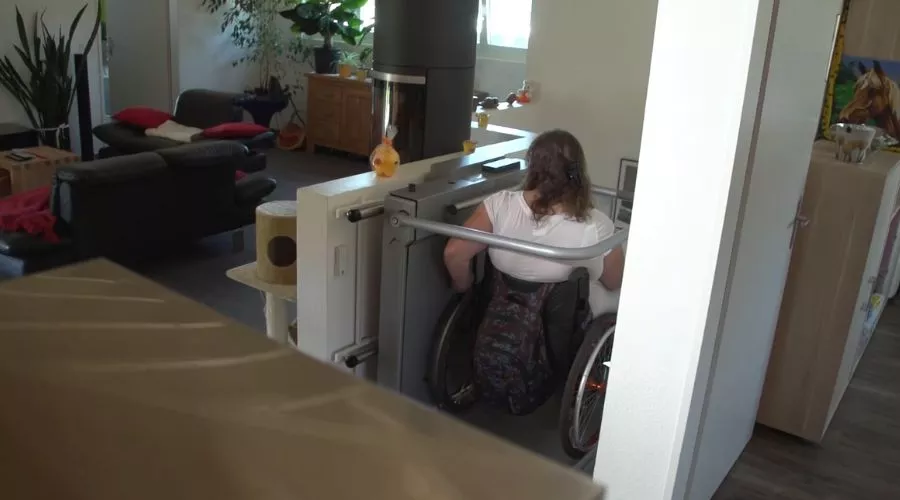
In order to ensure the safety of the wheelchair user, it is important to follow certain regulations and requirements when operating a wheelchair lift.
The following are some of the regulations and requirements to consider when operating a wheelchair lift safely and efficiently.
Wheelchair Lift Accessories
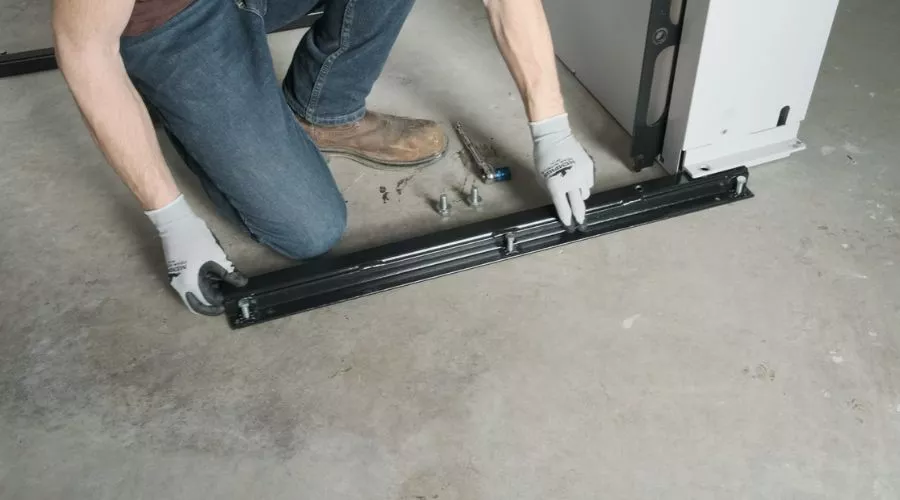
In addition to the standard lift, there are several wheelchair lift accessories available in the market.
These accessories can be used to enhance the safety and convenience of the lift and can include items such as wheelchair ramps, wheelchair rails, and wheelchair lifts accessories.
These accessories can be used to enhance the safety and convenience of the lift and can help to ensure the safety of the wheelchair user.
How to Troubleshoot Common Wheelchair Lift Issues
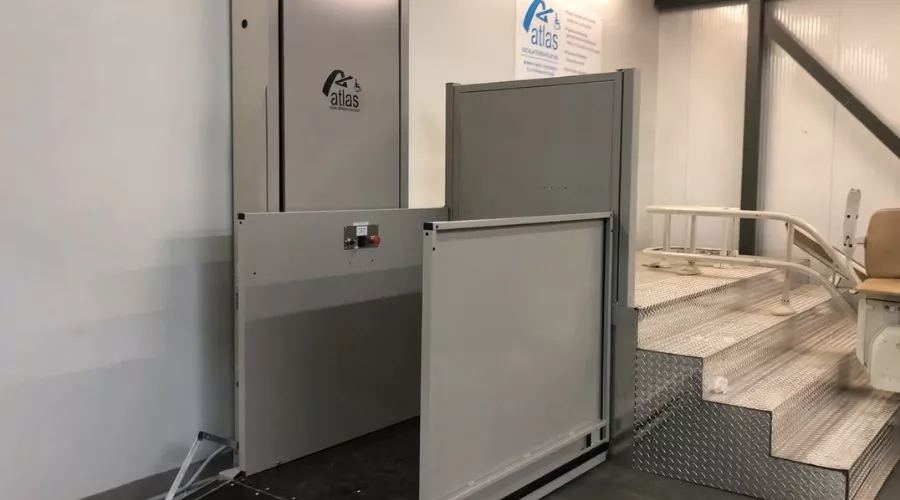
If you are having issues with your wheelchair lift, it is important to troubleshoot the problem as soon as possible.
The following are some of the most common wheelchair lift issues, and how to troubleshoot them.
Conclusion
Wheelchair lifts are a convenient and safe way to transport people with disabilities from one level to another.
I hope that this guide has been helpful in providing you with the necessary information to operate a wheelchair lift safely and efficiently.
If you have any additional questions or would like more information on wheelchair lifts, please contact us today. We’re here to help you find the perfect wheelchair lift solution for your needs.

